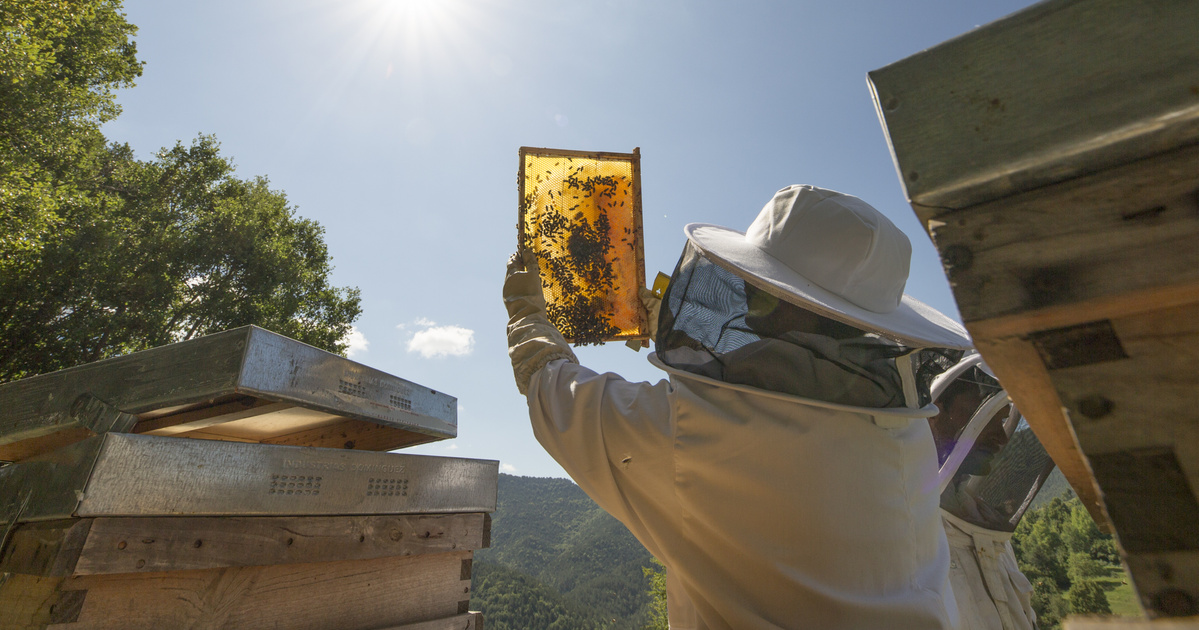Researchers at Semmelweis University and the Hungarian University of Agricultural and Life Sciences have developed a unique laboratory technique that could help filter out adulterated honey more effectively, Semmelweis University says. In his press release.
The new method is faster than currently common tests, and also requires less preparation and far fewer chemicals. In writing, the researchers' goal was to show more precisely the process used to process honey, so that the botanical or geographic origin, or the fact of adulteration or overheating, could be verified.
We searched for an answer on how efficiently one type of honey can be separated from another, and pure honey from fake honey
– said Associate Professor Zsanit Budur, member of the Department of Nutrition and Dietetics at the Faculty of Health Sciences at Semmelweis University, who is also the first author of the study introducing the globally innovative method.
Two methods were used
The researchers used two analytical methods, the electronic tongue (its name comes from the simulation of human taste) and near-infrared spectroscopy (NIRS) to detect the temperature rise. Three types of honey were heated to different temperatures, and then the data obtained were summarized.
The two methods used alone were able to separate hot and reference honey from each other in the case of two varieties, but combining them proved to be more effective. Thus, it identified the heated samples with more than 98 percent accuracy, and the control sample (unheated sample) with 100 percent accuracy. Both methods are also suitable for more accurate identification of honey mixed with sugar syrup.
Honey is considered one of the most adulterated foods in the world. Most cases of abuse occur with sugar syrup, which is mixed directly with honey or fed to bees during the collection period.














































